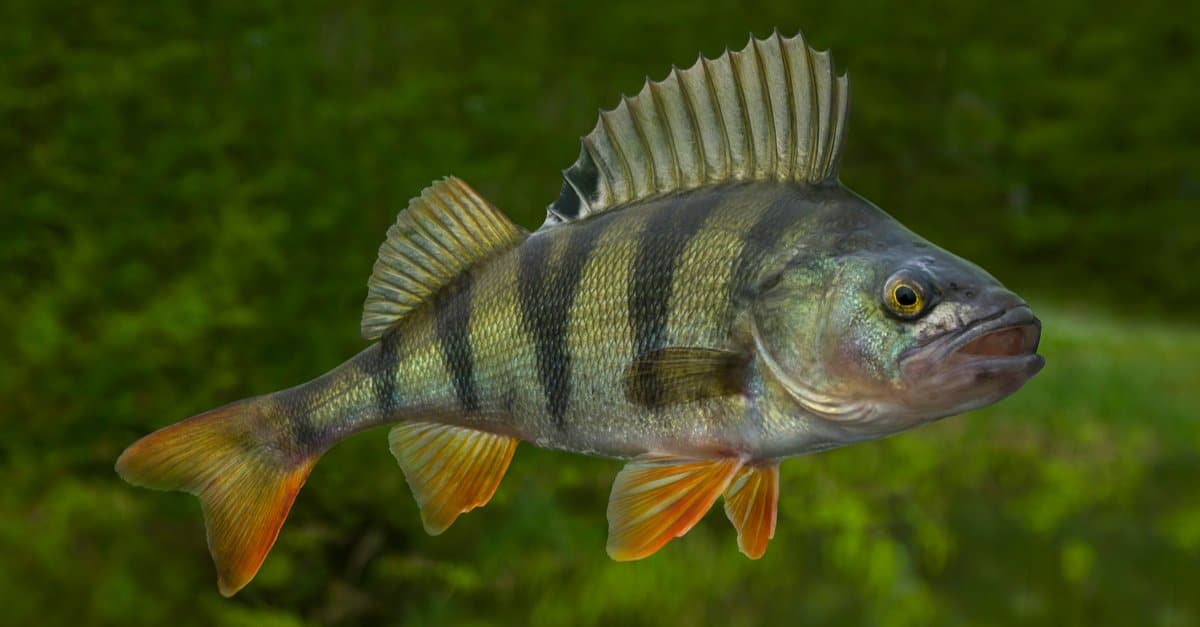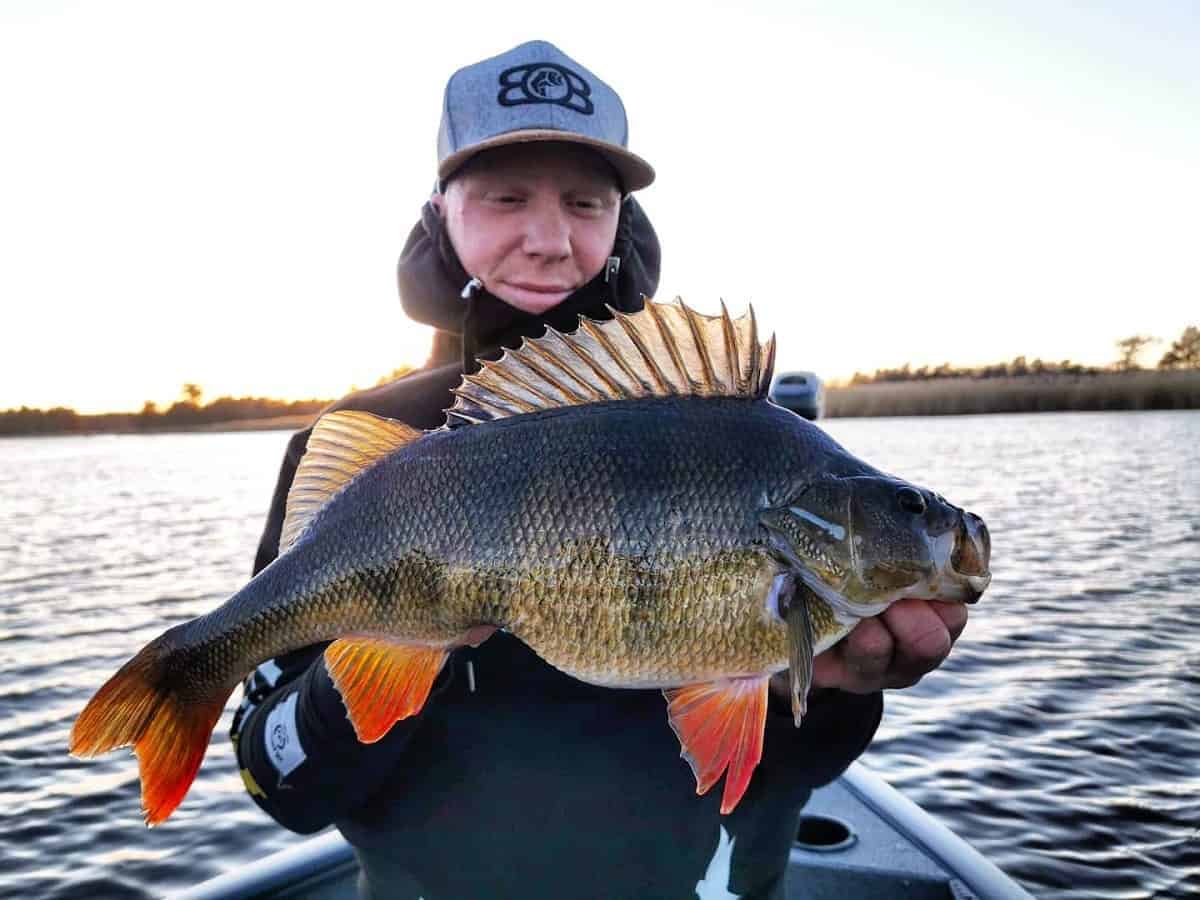Biological Characteristics of Perch

Perch definition – Perch, belonging to the genus Perca and family Percidae, are a diverse group of freshwater fish species. They are characterized by their elongated, laterally compressed bodies, with a spiny dorsal fin and a deeply forked caudal fin. Perch are typically small to medium-sized fish, with most species ranging from 15 to 30 centimeters in length.
In the realm of nature, the perch stands tall as a majestic creature. Its precise definition encompasses a variety of meanings, from its status as a freshwater fish to its use as a verb describing a precarious position. But beyond these surface interpretations lies a deeper understanding, one that explores the very essence of what it means to “perch.” Delve into the depths of perch meaning and discover the hidden treasures that await within this multifaceted term.
Perch have a wide distribution, inhabiting various freshwater ecosystems around the world, including lakes, rivers, ponds, and reservoirs. They prefer clear, well-oxygenated waters with abundant vegetation, which provides them with cover and food.
Coloration
The coloration of perch varies depending on the species and its habitat. In general, perch have a greenish-brown or olive-colored back, with darker vertical bars or spots along their sides. Their bellies are typically white or silvery. The vibrant colors and patterns of perch serve as camouflage, helping them blend in with their surroundings and avoid predators.
Perch, a freshwater fish, is known for its small size and delicate flavor. In the realm of basketball, the term “floater” takes on a different meaning. A floater is a shot taken from a short distance, often near the free-throw line, where the player gently releases the ball in a high arc, aiming to land it softly in the basket.
While perch may be a delicacy in the culinary world, a well-executed floater can be equally delightful for basketball enthusiasts, showcasing finesse and precision on the court.
Angling Techniques for Perch
Perch are a popular target for anglers due to their abundance and willingness to bite. There are a variety of techniques that can be used to catch perch, including baitcasting, spinning, and fly fishing. The best method for you will depend on the conditions and the type of perch you are targeting.
When baitcasting for perch, use a small jig or minnow. Cast your line into the water and let it sink to the bottom. Then, slowly reel in your line, jigging the bait as you go. This will attract the perch and entice them to bite.
Spinning is another effective way to catch perch. Use a small spinnerbait or spoon. Cast your line into the water and retrieve it steadily. The spinnerbait or spoon will spin and flash, attracting the perch and triggering them to strike.
Fly fishing is a more challenging way to catch perch, but it can be very rewarding. Use a small fly that imitates a minnow or insect. Cast your line into the water and let it drift with the current. The fly will attract the perch and entice them to bite.
Bait and Lures
The best bait and lures for perch will vary depending on the time of year and the type of water you are fishing in. In general, small jigs, minnows, spinnerbaits, and spoons are all good choices. If you are fishing in clear water, use natural-colored baits and lures. If you are fishing in murky water, use brighter-colored baits and lures.
Locating Perch
Perch can be found in a variety of water bodies, including lakes, rivers, and streams. They prefer areas with structure, such as weeds, rocks, and logs. They can also be found near drop-offs and other areas where there is a change in depth.
To locate perch, start by looking for areas with structure. Once you have found an area with structure, cast your line into the water and let it sink to the bottom. Then, slowly reel in your line, jigging the bait as you go. If you do not get a bite, try casting your line in a different area.
Culinary Uses and Preparation of Perch: Perch Definition

Perch is a versatile and delectable fish, prized for its culinary significance. Its delicate flavor and tender texture have made it a favorite among food enthusiasts.
Nutritional Value, Perch definition
- Rich in protein, providing essential amino acids for muscle growth and repair.
- Contains omega-3 fatty acids, beneficial for heart and brain health.
- Good source of vitamins and minerals, including vitamin D, selenium, and phosphorus.
Preparation Techniques
Perch can be prepared in a myriad of ways, each enhancing its unique flavor and texture.
- Grilling: Seasoned perch fillets grilled over medium heat retain their moistness while developing a crispy exterior.
- Frying: Coated in a light batter or bread crumbs, fried perch offers a golden-brown crunch with a tender interior.
- Baking: Baked perch fillets, seasoned with herbs and lemon, showcase the fish’s delicate flavor while maintaining its flaky texture.
Flavor Profile and Comparison
Perch possesses a mild, slightly sweet flavor with a subtle hint of earthiness. Its texture is tender and flaky, making it a pleasure to eat.
Compared to other fish species, perch has a milder flavor than salmon but a more pronounced taste than tilapia. Its texture is similar to flounder but less firm.
A perch is a small, spiny-finned fish that is found in both freshwater and saltwater habitats. Perch are typically olive or brown in color, and they have a long, slender body with a forked tail. They are carnivores, and they feed on a variety of small fish, insects, and crustaceans.
Perch are a popular target for anglers, and they are often caught using live bait or lures. If you are interested in learning more about the meaning of the word “pike”, you can click here.
The perch, a freshwater fish known for its spiny dorsal fin, finds its distant relative in the cartilaginous realm of the ocean. The skate fish , with its flattened body and graceful wing-like pectoral fins, shares a common ancestry with the perch.
While their appearances may differ greatly, the connection between these two species echoes the vast tapestry of life’s evolutionary journey, reminding us that even in the depths of the unknown, threads of kinship can be found.
Perch, a freshwater fish known for its spiky fins and voracious appetite, shares a culinary kinship with its marine counterpart, the sole fish. Sole, prized for its delicate flavor and versatility, mirrors the perch’s role as a culinary chameleon, adapting effortlessly to a myriad of cooking techniques.
Returning to the perch, its definition as a fish with a spiny dorsal fin and a distinct striped pattern remains etched in the minds of anglers and ichthyologists alike.
